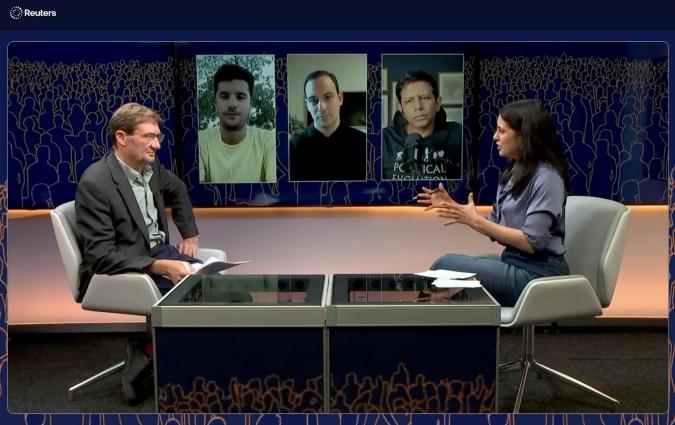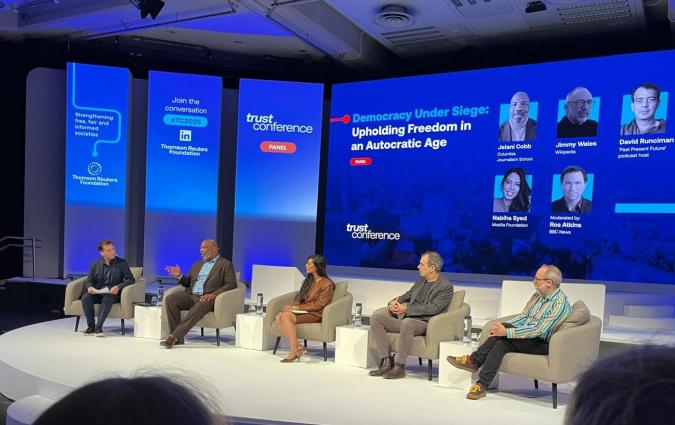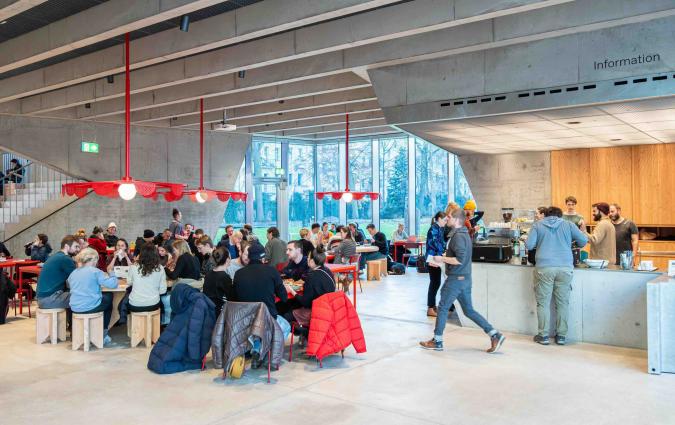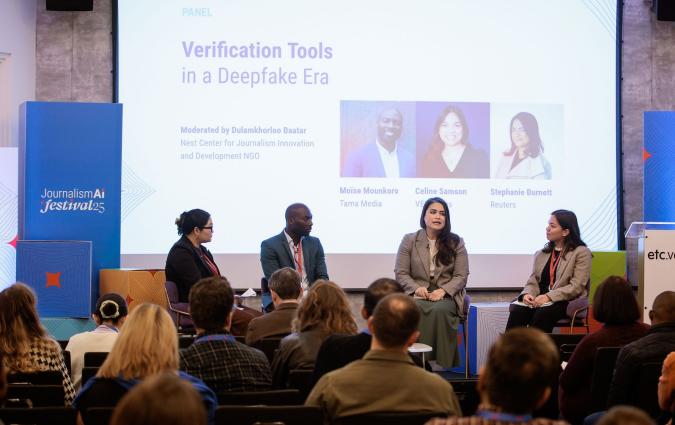How 'The Economist' managed to reach 2.7m subscribers with a newsletter on LinkedIn
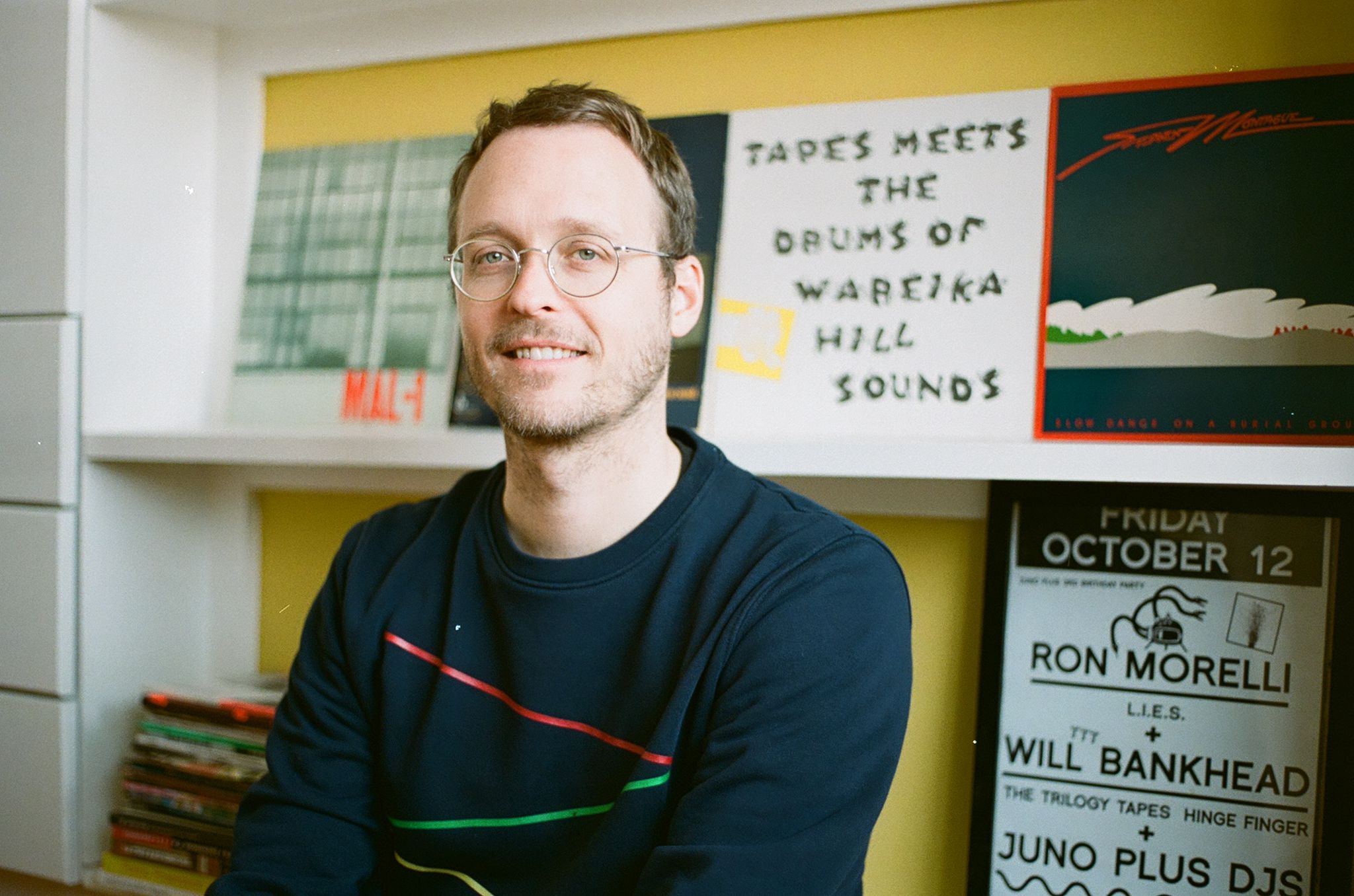
Aaron Coultate, head of newsletters at The Economist.
This interview was first published by Italian journalist Francesco Zaffarano in his biweekly Substack newsletter, Mapping journalism on social platforms. The original is available at this link. Sign up for the newsletter here.
One year ago, The Economist launched The Economist Week Ahead, the first LinkedIn newsletter published by the London-based paper. The experiment succeeded, with the newsletter now the third most-read at The Economist, with 2.7 million subscribers.
I spoke with Aaron Coultate, head of Newsletters at The Economist, about how the LinkedIn newsletter was born, what it offers readers, and the lessons he’s learning from collaborating with colleagues in the social media team.
Q. How many newsletters are you managing right now?
A. We have 11 subscriber-only newsletters and three which are free for all. Four, if you count our LinkedIn newsletter.
Q. Why did you add a LinkedIn newsletter to your portfolio?
A. When LinkedIn added the functionality to create a newsletter on the platform, it was a no-brainer for us to launch one, given that The Economist has 13 million followers on LinkedIn. It made sense to tap into that community.
We launched The Economist’s Week Ahead in July 2022, and there were a few key things that we wanted to try out with this newsletter.
One was the timing – we thought Monday around midday UK time would be a good spot since it catches the East Coast of America waking up.
We had already launched a Sunday edition of our daily newsletter, The Economist Today, with a note from Adam Roberts, the digital editor. By acting as a trusted guide, we wanted Adam to explain a bit about our decision-making process, how we prepare and think about the big stories that are coming through, and offer expertise or guidance on the news.
We started in January, and a month later, Russia invaded Ukraine. Suddenly, there was a massive appetite for our coverage and commentary on the war in Ukraine, and quite quickly, Adam developed an excellent relationship with our readers.
We were really happy with how this experiment was going, and we thought it would be nice to get as many eyeballs as possible on Adam’s weekly note. And so when LinkedIn newsletters arrived, Adam’s note from Sunday became the opening section of our LinkedIn newsletter on Monday. Of course, if big news happens overnight, we will update and ensure the issue is up to the minute.
Q. What else can readers find in the LinkedIn newsletter?
A. The second half of the newsletter showcases what is happening at The Economist that week. This part has evolved – it’s been quite interesting to assess it each week and make iterative changes based on the data and responses from readers.
We have a couple of recurring segments. One is Bartleby, a witty column about workplace culture, introduced by a bespoke illustration. Quite understandably, this is popular with our LinkedIn readers.
Another is a series called The Economist Reads, which we launched last year. It’s an ongoing series in which we recommend good books to bring you up to speed on various topics, from wine to the origins of language. We found that this series was performing well on LinkedIn. Whenever we publish a new instalment, we plug that into the LinkedIn newsletter with an illustration or picture.
And then there are a couple of other things, like a series of calls to action to register or subscribe at the bottom of the LinkedIn newsletter each week, promotion of other newsletters and products from The Economist, and a list of most-read articles from the previous week.
Q. How are you measuring success?
A. We monitor traffic, registrations, and subscriptions. We noticed that the percentage of registrations through the platform has increased since we launched the newsletter.
Other things are more challenging to track. For example, access to Adam is a great entry point for people who aren't super engaged with other digital products from The Economist. To measure the impact of that access, we look at readers’ feedback from the Sunday and Monday LinkedIn newsletters. We look at the quality and quantity of input and report that back to Adam and others within the digital newsroom to flag editions that sparked many responses and what people said.
Q. How quickly did you grow subscribers to the LinkedIn newsletter?
A. We had a very rapid period of growth at the beginning, thanks to our huge existing following on the platform. And since then, we’ve seen steady growth.
Q. How many people are involved in the production of the LinkedIn newsletter?
A. I produce it with Emma Irving, a newsletter editor here in London. Adam writes the intro, and we get the copy ready for Sunday. Emma or I edit it on Monday, and it goes through fact-checkers and senior editors as with anything we would publish. So quite a few people are involved, but the LinkedIn newsletter publishing tool is easy to use.
Q. What is the most important thing you learned since the launch of the LinkedIn newsletter?
A. It’s been good for me to get my hands dirty with LinkedIn as a platform. My colleagues in the social media team know it intimately, and I've been able to pick their brains and learn from them. I’ve enjoyed seeing and understanding our LinkedIn audience and how it differs from other audiences on other platforms. That helped me improve not only the LinkedIn newsletter but our proprietary newsletters, too. It was also an excellent opportunity to play around with design and layout.
The LinkedIn project is a collaboration. Many things we do are intimately tied to our newsletter and social media strategy. It sits at the centre of things and is an excellent example of working across different departments.
Q. Did LinkedIn support you, and if so, how?
A. Yes, we've worked closely with the people at LinkedIn, and they've been instrumental. Especially at the start, it was helpful to pepper them with questions before we got to grips with the publishing tool on the platform. And also to gain insights from them on our audience that we couldn't access otherwise. The Economist's followers are nearly three times more likely to share content than the average LinkedIn user. The more we can teach our followers about the world around them, the higher the chance that they'll pass this knowledge on to others.
Italian journalist Francesco Zaffarano has recently launched a biweekly Substack newsletter, Mapping journalism on social platforms, featuring interviews with people leading news innovation on social media. We lightly edited this interview for brevity and clarity. The original is available at this link. Sign up for the newsletter here.



